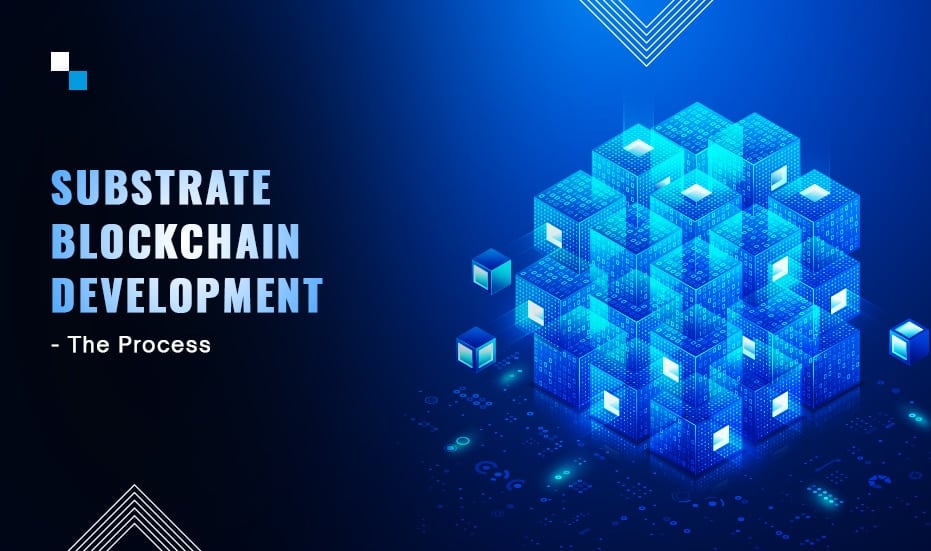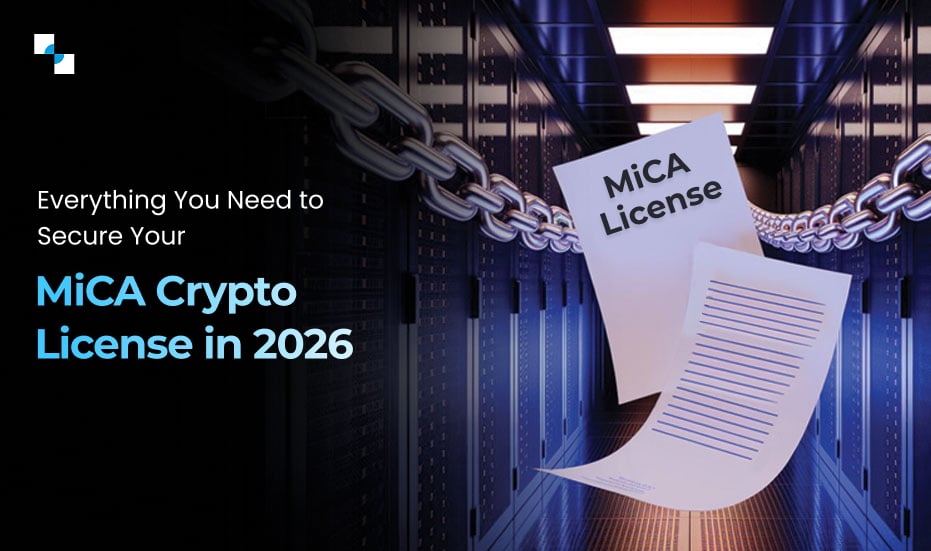Although Ethereum has provided the infrastructure required for developers to build cutting-edge digital applications, it has drawbacks like limited scalability and high gas fees, which are currently preventing developers from creating specialised solutions that can compete with well-known centralised platforms like Twitter, Facebook, and Netflix. Substrate blockchain framework offers multiple use cases, including banking, gaming, finance, online shopping, and social media, with an ever-expanding user base throughout the world thanks to the various dApps currently in use across different blockchains like Ethereum.
Substrate-based blockchains offer a high level of interoperability and may be implemented as parachains on networks like Polkadot or Kusama. This enables the development of fully decentralised real-world solutions that are faster, cheaper, and safer than ever.
The first step in using Substrate is to set up your Substrate blockchain framework. With a wealth of industry knowledge and a thorough understanding of how to design blockchains, substrate blockchain Company create Substrate, an open-source and future-proof blockchain framework that allows developers to modify their blockchain’s architecture in accordance with shifting client requirements. Dive right in for a complete analysis of Substrate Marketplace!
What Is a Substrate Blockchain Framework?
However Parity, the organisation that created Substrate (cofounded by Gavin Wood, developer of Ethereum), also created the Polkadot network. A decentralised, protocol-based blockchain technology called Polkadot enables safe cross-blockchain communication. Substrate blockchain framework is a blockchain framework, more precisely a foundation for creating customised blockchains. These blockchains are fully autonomous and can operate without the aid of any other technology.
Hence, Polkadot can operate as a sort of bridge between blockchains, handling the communication layer between them and enabling interaction between them (even systems such as Ethereum and Bitcoin). As a decentralised blockchain-based substrate blockchain Company, Web3 represents a huge step towards becoming a reality. Substrate features first-rate support for integrating with Polkadot because they were created by the same individuals, allowing any blockchain you create with Substrate to be seamlessly linked into Polkadot.
What Is Substrate Blockchain Development and How Does It Work?
The ability of programmers to design various blockchain applications that can communicate with one another and with networks like Ethereum and Bitcoin is essential to the concept of Web3 being a decentralised blockchain-based version of the internet. Blockchain developers typically employ a framework to build these kinds of applications, and by leveraging pre-built templates, they can cut down on development time at the sacrifice of customisation options.
Here is where Substrate Marketplace, an open source blockchain framework for creating customised blockchains, enables developers to swiftly create blockchains based on tried-and-true code that is driving a sizable ecosystem of blockchain projects around the globe. The substrate blockchain framework carries the main blockchain software development kit (SDK) that was used to build the Polkadot layer-0 protocol and may be used by developers to create any kind of blockchain. It consists of a large variety of tools and libraries.
The primary block of any blockchain is the node and relies on a decentralised network of these nodes or computers that connect with each other to maintain the current ledger with the newest transactions.
- Each node in a blockchain network performs the roles of both client and server, requesting and providing data in accordance with needs.
- The horizontal division of these operational functions to provide a modular foundation for developing blockchains is what distinguishes a Substrate node from other nodes.
- A runtime that judges transaction validity and is in charge of processing changes to the blockchain’s state transition function are the two major components of each Substrate node.
- The substrate blockchain development with outer node manages network activity.
- The outer node is in charge of interacting with other nodes, controlling the transaction pool, handling peer discovery, and responding to browser or remote procedure call (RPC) queries utilising the RPC Application programming interface provided by Substrate (API).
- The outside node uses specialised runtime APIs to conduct this communication, either by asking the Substrate runtime questions or by giving it information.

How To Design Substrate Marketplace With Blockchain?
The Substrate runtime is the central element of the node for creating blockchains and manages how transactions are included in blocks, how blocks are sent back to the outer node, or how the chain state is altered in response to transactions. It handles everything that takes place on-chain. The Substrate blockchain framework supports runtime validity checking and multi-platform compatibility, providing validation proofs for relay chain consensus techniques and providing support for fork-less upgrades to the node architecture. Host functions are used to interface with the outer node.
Building on top of a general-purpose smart-contract blockchain like Ethereum gives you less freedom, flexibility, and optimization options than Substrate. Being the fundamental building element in creating a blockchain using Substrate, a Substrate node template offers a lot of pre-built functionality with default implementations for features like account management, consensus, privileged access, and peer-to-peer (P2P) networking.
A substrate blockchain Company to your RESCUE!
One of Substrate’s most potent tools, FRAME consists of a number of modules and support libraries that make runtime development easier. The customisable business logic for use cases like staking, governance, consensus, and other significant activities that developers may want to put in the runtime is represented by these modules, which are also referred to as Substrate pallets. The substrate blockchain Company can offer a wide variety of services for the runtime environment using its system, support, and executive pallets. A Substrate-based blockchain can be created without the use of FRAME, but the various pallets and libraries allow programmers to create bespoke runtime logic by leveraging its established components as a starting point.
The substrate has been evolving for a long and is now properly matured. The amount of work needed to develop a reliable foundation for building blockchains, let alone make it possible for beginners to learn and succeed, is startling, and the Parity team has done an excellent job so far. Developers can obtain specific solutions with a high degree of flexibility and ease by combining pre-built and custom pallets to infinitely customise the features and capabilities offered by the Substrate blockchain. Hence, Substrate delivers all essential help right from installation to successfully running your own custom blockchain.
Conclusion
The most popular and dependable framework for blockchain development is a substrate blockchain framework. Antier has been a pioneer in the field of blockchain development since the beginning when the technology was still largely untapped for commercial use. We have a core team of 150+ developers and designers has years of experience in blockchain development. Contact us for more details!







